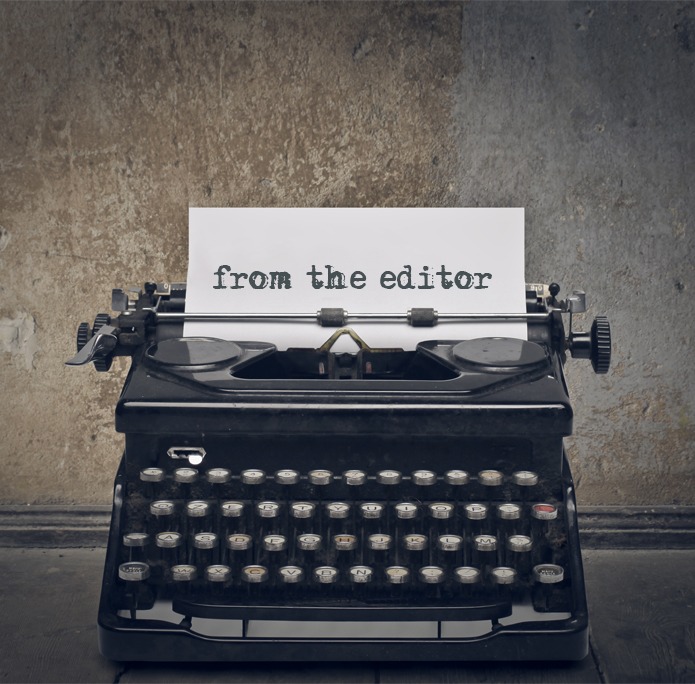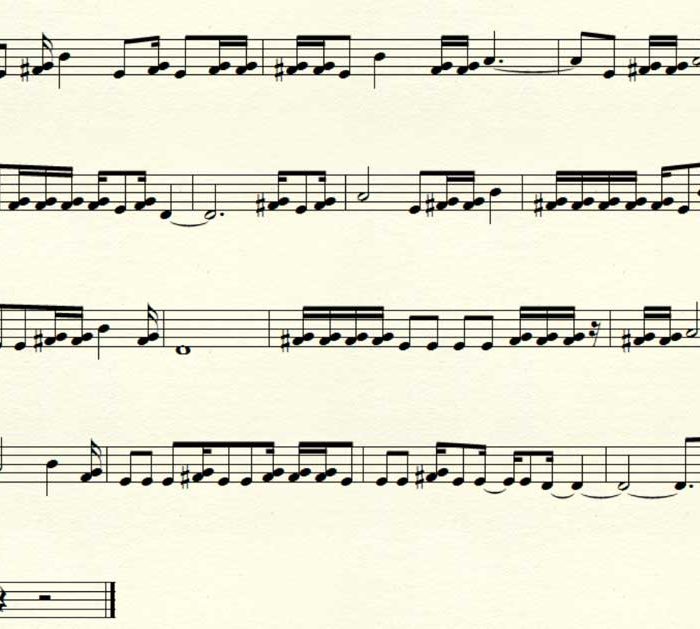Sonification .... "the use of non-speech audio to convey information." Data transformed into sound (or…
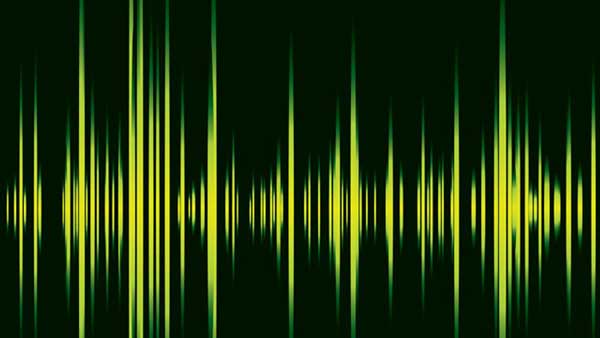
STAPLR: Sounds in Time Actively Performing Library Reference
“That music is simple to make comes from one’s willingness to accept the limitations of structure. Structure is simple be-cause it can be thought out, figured out, measured. It is a discipline, which, accepted, in return accepts whatever, even those rare moments of ecstasy, which, as sugar loaves train horses, train us to make what we make.” — John Cage, Lecture on Nothing (1959)
I sit at the reference desk. Someone approaches. They have a question. We try find an answer. Mostly we succeed.
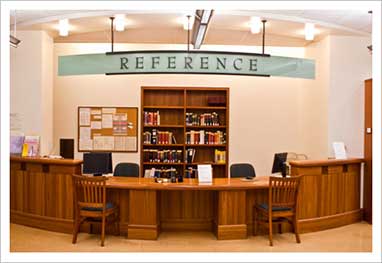
I record details in our reference desk statistics system.
Which desk was I on? What time was it? Undergraduate or graduate student, or professor? What type of question, from 1 (directional) to 5 (specialized knowledge)? How long did it take?
All this goes into a database. Every month, scripts generate charts that break down desk activity in every possible way. We see how it compares to previous months and years.
Metrics. Analytics. Assessment.
How can we be aware of what is happening at our desks while it is happening? Not a month later. Not a year later. Now.
One approach to this is sonification.
Turn the desk into sound. Listen to it live. Why just sound? Why not music? Turn the desk into music.
Thus: staplr.org. Sounds in Time Actively Performing Library Reference. STAPLR transforms: librarian + researcher + desk = music.
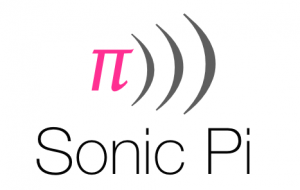 It does this with Sonic Pi, a powerful and easy to use programmable synthesizer built as a tool for teaching computing and music. Compositions can be intended for background listening. Ambient awareness of desk activity. Is it loud? Is it fast? Or is it quiet and slow? Identify particular sounds with different branches, or pitches with question types. Make the sound last for as long as the desk encounter took. Should it be pleasant, or should it be noise? Compositions can be intended for attentive listening. Should it be pleasant, or should it be noise? If the desk becomes music, what is that music?
It does this with Sonic Pi, a powerful and easy to use programmable synthesizer built as a tool for teaching computing and music. Compositions can be intended for background listening. Ambient awareness of desk activity. Is it loud? Is it fast? Or is it quiet and slow? Identify particular sounds with different branches, or pitches with question types. Make the sound last for as long as the desk encounter took. Should it be pleasant, or should it be noise? Compositions can be intended for attentive listening. Should it be pleasant, or should it be noise? If the desk becomes music, what is that music?
Our system stores only minimal details of an important human encounter: someone went from lacking knowledge through a process of discovery to having knowledge. A database cannot capture that. But the sparse structure of those simple facts is enough to make music. Facts cannot have emotion, involvement, urgency or humanity. Music can.
What other music can we make from the desk?
What other art can we make from the desk?
What other art can we make as librarians?
What art can we make from libraries?
William Denton works at York University as both the scholarly analytics librarian and the mathematics and statistics librarian. His library-related performances include a site-specific LibraryBox at Andrew Sookrah’s 2012 Nuit Blanche installation “In Fear We Trust” and “Digitize and/or Destroy” with Adam Lauder and Lisa Sloniowski at HASTAC 2013. He can be contacted via his website, Twitter (@wdenton) or email (wdenton [at] yorku.ca).
